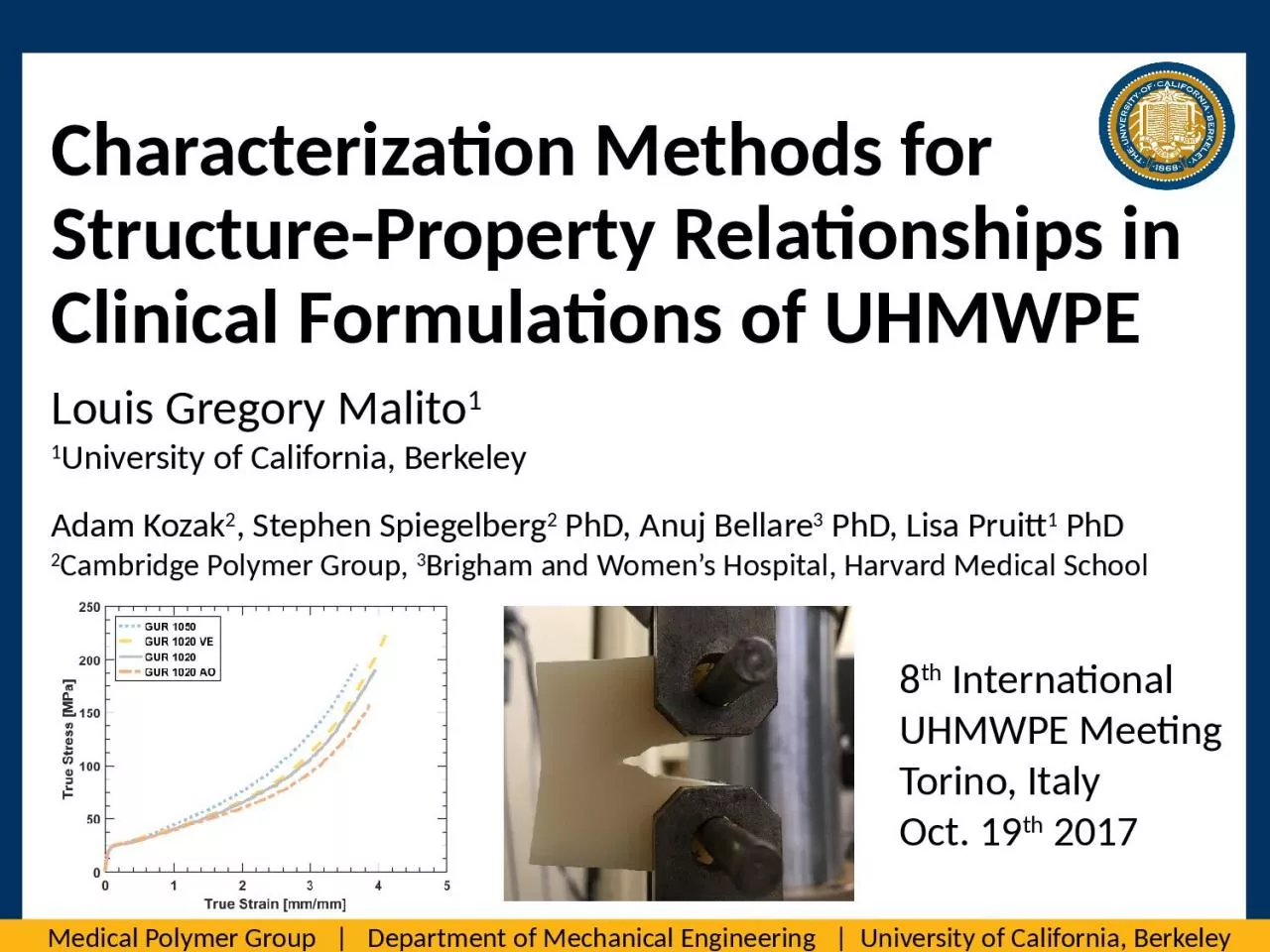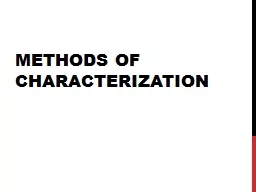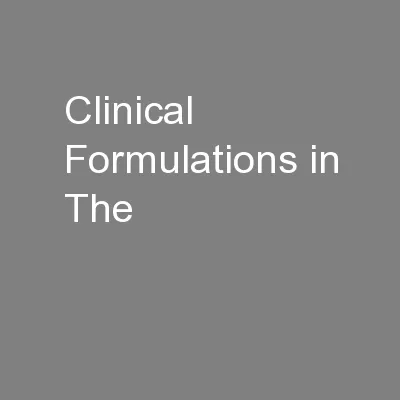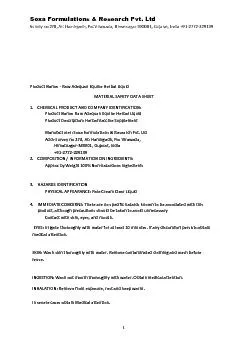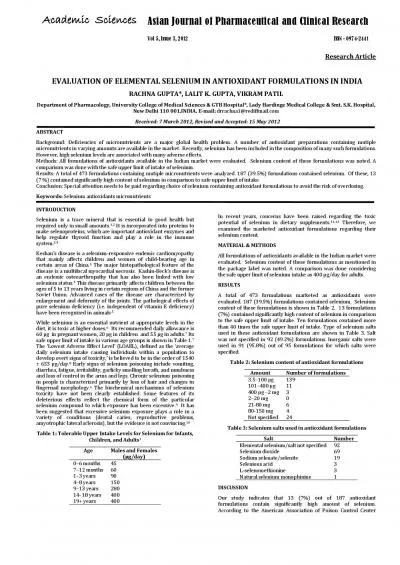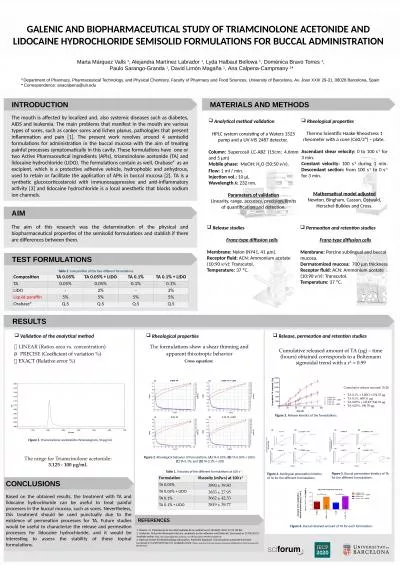PPT-Characterization Methods for Structure-Property Relationships in Clinical Formulations
Author : PrincessPeach | Published Date : 2022-08-03
Louis Gregory Malito 1 1 University of California Berkeley Adam Kozak 2 Stephen Spiegelberg 2 PhD Anuj Bellare 3 PhD Lisa Pruitt 1 PhD 2 Cambridge Polymer Group
Presentation Embed Code
Download Presentation
Download Presentation The PPT/PDF document "Characterization Methods for Structure-P..." is the property of its rightful owner. Permission is granted to download and print the materials on this website for personal, non-commercial use only, and to display it on your personal computer provided you do not modify the materials and that you retain all copyright notices contained in the materials. By downloading content from our website, you accept the terms of this agreement.
Characterization Methods for Structure-Property Relationships in Clinical Formulations: Transcript
Download Rules Of Document
"Characterization Methods for Structure-Property Relationships in Clinical Formulations"The content belongs to its owner. You may download and print it for personal use, without modification, and keep all copyright notices. By downloading, you agree to these terms.
Related Documents

